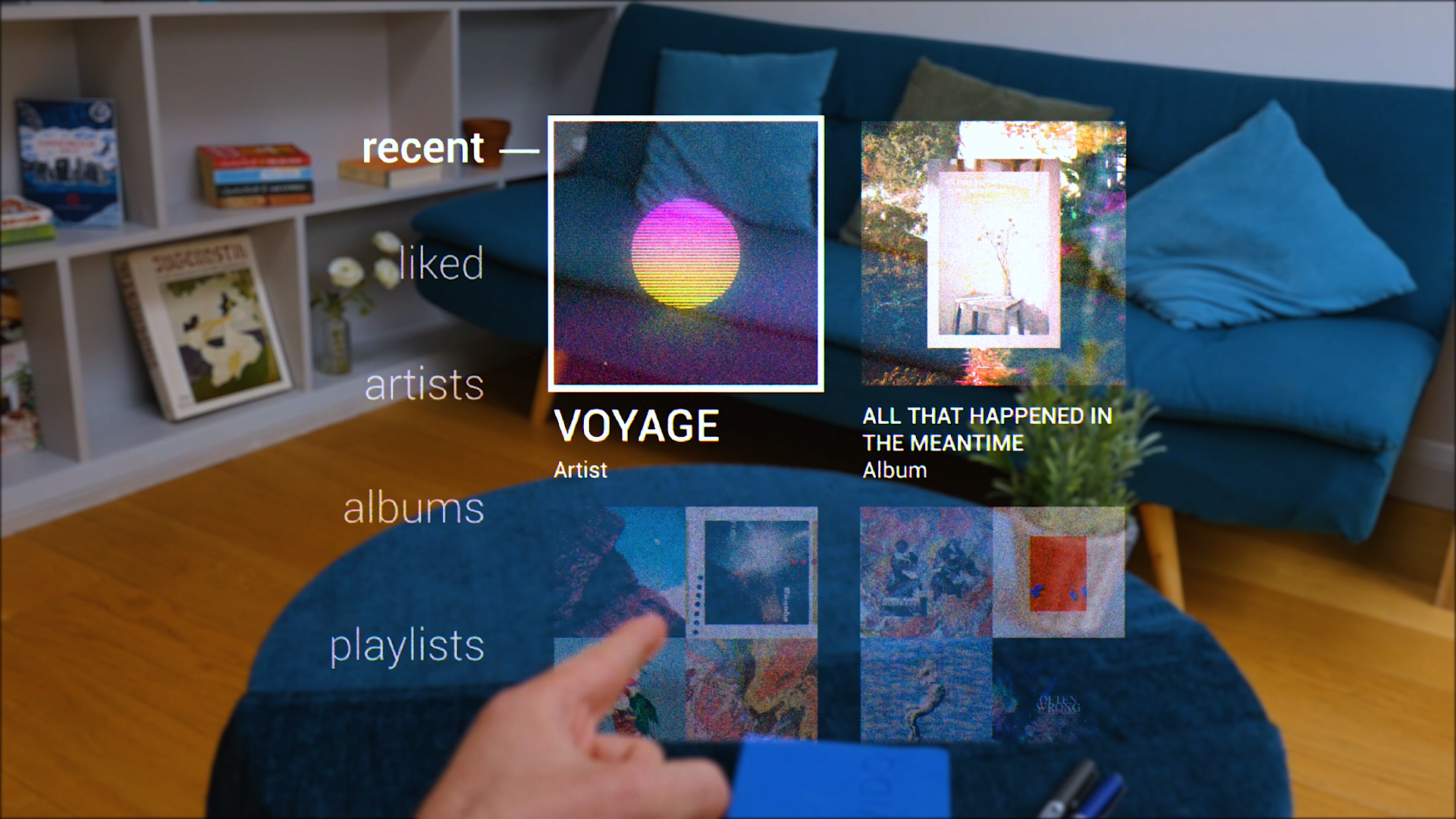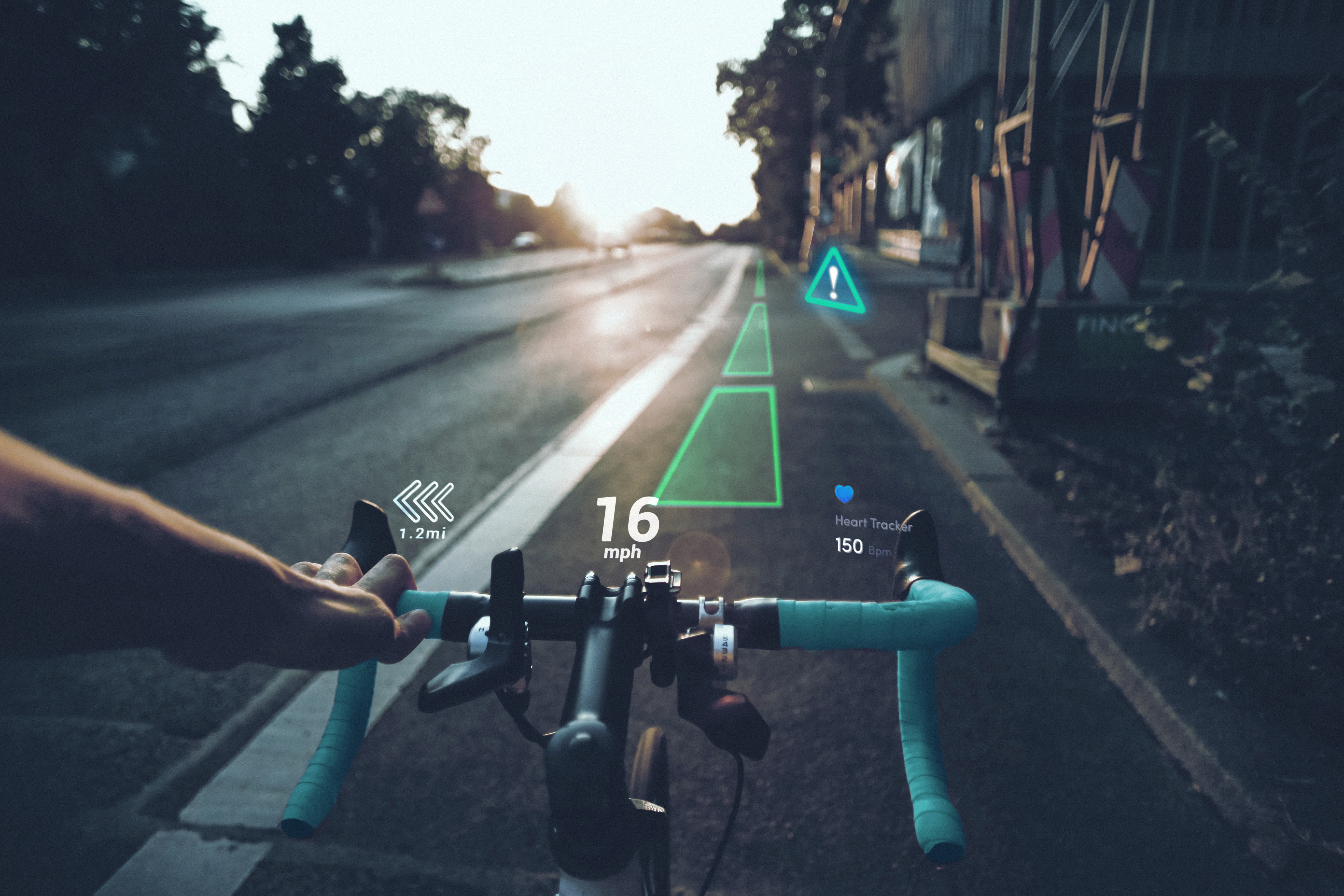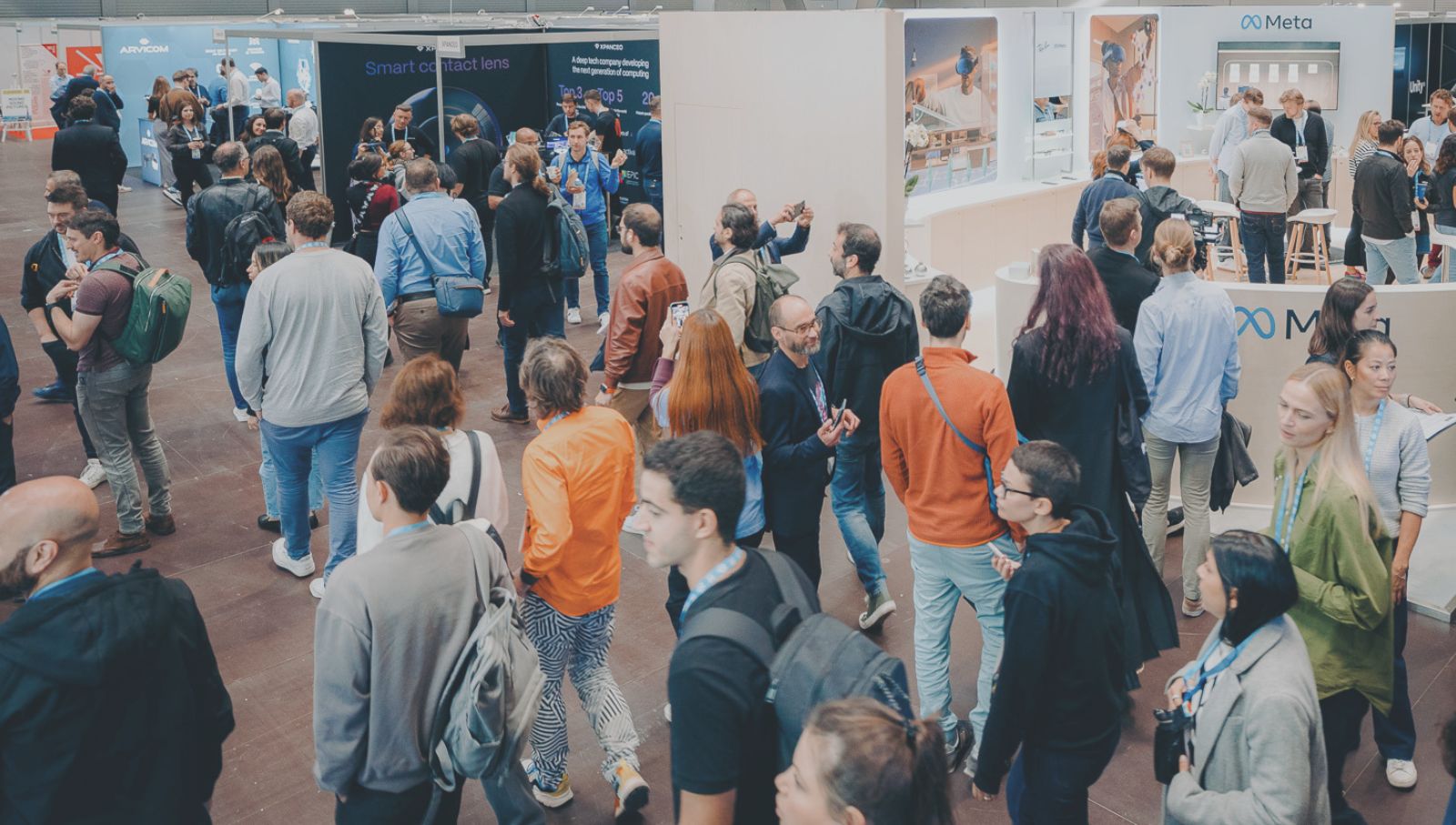By Darran Milne, CEO of VividQ
AR display is at the heart of immersive visual experiences such as gaming and is key in our progress towards the Metaverse. To meet consumer requirements and enter mass adoption, the AR industry needs to look towards next-generation AR wearables devices that feature advanced display technologies, beyond what is available today.
One of the biggest challenges around currently available AR display is the need to balance sleek, ergonomic form factor with complex functionality. Smaller optical systems are vital for compact and lightweight AR wearables. Yet the fundamental physical limits on the size of optical elements such as lenses are set by the very properties of light itself. For the very best visual experience, AR wearables need to achieve a large field of view (FoV) with a large eyebox, and create a realistic depth of field. These are just not achieved in the current generation of AR displays.
Equally important is all-day usability. To achieve a convincing and comfortable AR effect, users need to experience true three-dimensional images. In current AR wearables, only a partial effect is achieved through binocular (two-eye) ‘stereoscopic’ display systems - mostly seen in VR and 3D cinema. Unfortunately, the illusion created by stereoscopy is incomplete and does not provide the user with any depth of field for correct focus cues. Then any stereo virtual objects will appear essentially flat and cannot integrate correctly with the real world, always looking detached from their surroundings. Stereo display forces the user to focus at a single distance, leading to vergence-accommodation conflict (VAC) - responsible for eye fatigue and headaches widely experienced by users. While stereoscopic display has been a useful first step, it is clearly unsuitable for AR’s long term roadmap and new approaches must be sought.

Holography or holographic display is usually thought of as the stuff of science fiction. Take your favourite futuristic world, be it Star Trek, Blade Runner, Altered Carbon and many others. These fictional worlds all feature technology with the ability to create highly realistic, 3D virtual images that users may interact with within a completely natural and intuitive manner. While sci-fi writers may still fantasise about such technology, scientists and engineers have already taken the first steps to make this a reality.
Computer-Generated Holography (CGH) is the process of engineering light to project three-dimensional virtual scenes that possess a natural depth of field. This means holography can produce highly realistic AR content that integrates seamlessly with the real world.
This intrinsic ability to produce realistic 3D images containing all the necessary three-dimensional data required for AR content makes holographic display the ideal technology for the future of AR wearables. Holographic AR wearables allow users to experience correct focus and convergence cues similar to real-world vision. Unlike current AR devices, holographic AR wearables do not require additional varifocal lenses, multi-waveguides or eye-tracking for focus blur - to create a ‘3D-like’ effect. Without these additional hardware components, holographic AR wearables offer reduced bulk and weight in the optical system and remove additional compute overheads for eye-tracking and blur-rendering.
While relatively early in its development, holographic display has the potential to ensure the long term success of AR and bring about the immersive vision that has long been promised by the leaders in the field.
Today, new software has been developed to bring CGH to next-generation displays for consumer applications such as gaming and entertainment. VividQ’s CEO Darran Milne recently explained recent advances in CGH in a presentation at AWE Asia. Watch the full presentation below:
VividQ’s latest whitepaper explores the principles behind holography, how the technology is used in AR wearables and its path to consumer adoption. Includes quotes from Microsoft, HTC Vive and NVIDIA. Download here.
VividQ’s COO Aleksandra Pedraszewska will be presenting on stage at AWE USA 2021. Visit our booth 936 or email us at holo@vividq.com.



